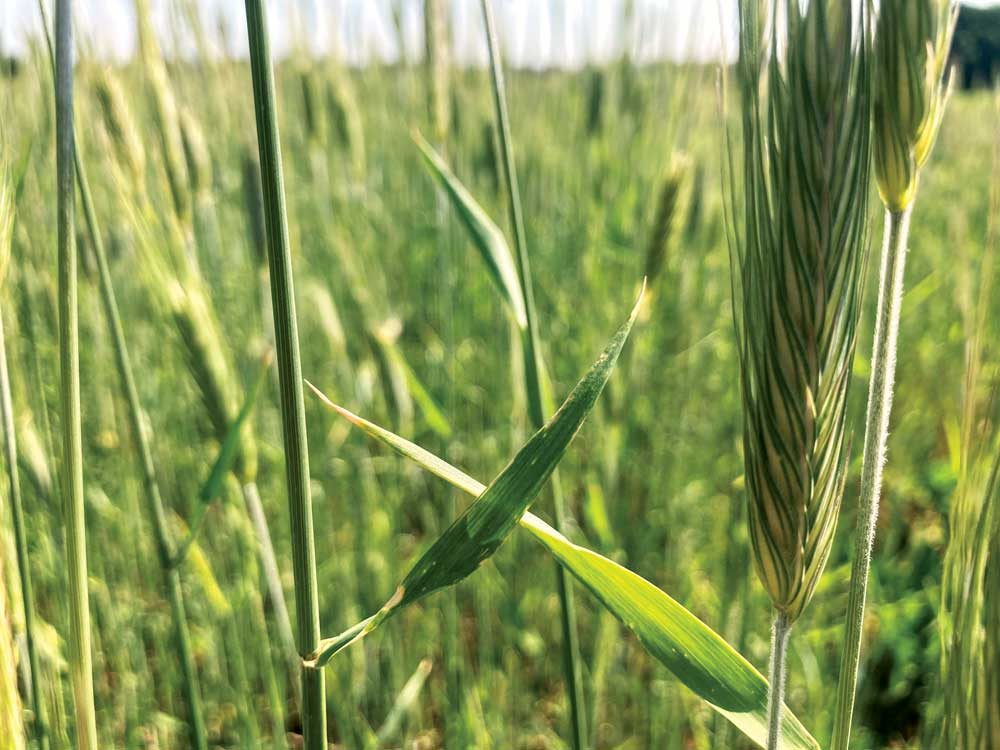Seeding winter rye too late is a major contributor to its failure, according to a University of Wisconsin organic farming expert.
On the OGrain listserve over at the University of Wisconsin, a grower from Hastings, Minn. asked if a rate of 146 pounds per acre with a 2 % mix of balansa clover on Oct. 13 and destined for roller-crimper termination in Spring 2023 would benefit from a second application.
In a prior year, less (110 pounds per acre) rye planted in December had flourished, the grower writes.
Erin Silva, an associate professor of plant pathology, wrote that in all likelihood, October was too late.
"I think it is too late for you to consider planting rye for roller-crimping for next year, particularly in MN (although I see you planted yesterday)," Silva writes. "Planting rye late is the biggest factor contributing to the failure of this system. I can’t say why your December planting worked in a previous year. There are always outliers with respect to experiences, and I encourage farmers to tailor practices to their farm depending on the experiences they have on their land. But planting late definitely increases the risk of failure."
That seemed to contradict the experience of other growers, like organic no-tiller Rick Clark of Indiana, who have planted significantly later. However, the variability of the organic experience likely accounts for both Clark's results (Clark is clear that what works for his farm may not be replicable elsewhere), Silva says.
"I know one of the more frustrating things about organic farming is that there is not an exact recipe," she writes. "Everything translates a bit differently on different farms. Which can also provide space for a lot of creativity and adaption (Joel Gruver often says we don’t adopt practices, we adapt practices on our farms). So, starting small with a new practice, and working from what we do know works over the widest range of environments, is the best place to start. I always appreciate the innovation I see on farms (I’ve integrated so much of that innovation in my own work) but I hate to see folks take unnecessary risks and fail."
Researchers' best results have been as follows:
- Planting rye in mid-September at 3 mill seeds per acre (about 3 bushels per acre)
- Roller crimping and plant beans at rye anthesis (on or about June 4)
- Planting soybeans at about 180,000 seeds per acre using same maturity group as in your organic management
Forage Agronomist Margaret Smith also points that USDA Hardiness zones can determine which crops flourish in tough winter conditions.
"We use this winter hardiness scale for winter annual small grains and cover crops, though other factors influence winter hardiness of these crops," Smith writes. "These other factors include planting date, which influences root and crown development and the time for seedling plants to acclimatize to progressively colder temps, and snow cover. In general, we recommend winter annuals to be seeded 6 weeks before a hard, killing freeze (about 26-28 degrees). This doesn’t necessarily hold for winter rye and winter wheat, but isn’t a bad rule to try to follow for hairy vetch, for instance."






Post a comment
Report Abusive Comment